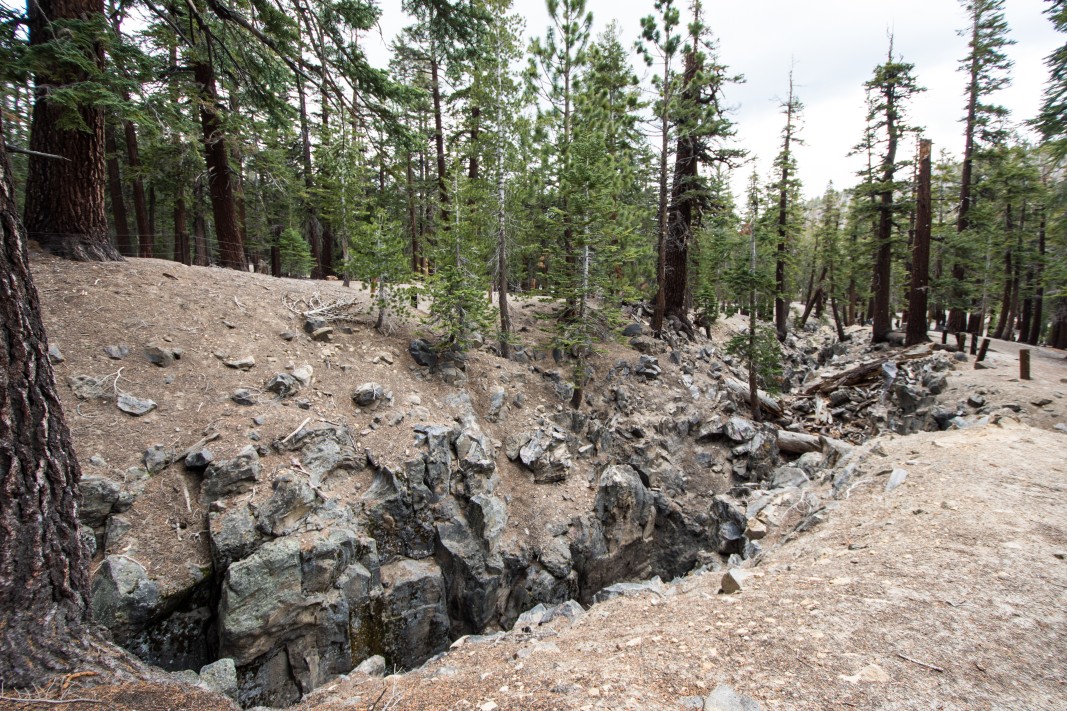
Heavy Rain, Flooding, and Chance of Severe Weather Staring Down the Southern U.S.
January 22, 2024
Posted: August 5, 2021 11:02 pm





Understanding the Difference Between Snowmelt Quakes and Magma Quakes
The US Geological Survey’s (USGS) Yellowstone Volcano Observatory has released its July update, indicating that it was a whopper of a month for earthquake activity within the national park. In fact, it was the most earthquakes recorded since June 2017.
The observatory reported at least 1,008 earthquakes within Yellowstone National Park for July. This nearly equals the amount recorded in June of 2017 when over 1,100 were on record.
Most of this activity happened in clusters. One particular swarm under Yellowstone Lake delivered 764 earthquakes. The swarm of quakes began on July 16, lasting several days before it finally waned.
Scientists are quick to note that this increase in activity does not translate to a boost in magmatic activity in the region. These particular types of earthquakes are not the result of magma movement. Yellowstone is home to a large amount of groundwater due to the extreme snowfall that happens during the winter months. As the highest area of the Rocky Mountains, it is not surprising to learn that the area sees a large amount of snow each year.
As the mercury begins to rise in the spring and summer months, the snow starts to melt and turn into groundwater. This increase in the water adds to the pressure on the nearby fault lines, causing them to fail while leading to an increase in earthquake activity.
A swarm that lasted approximately three months beginning in June 2017 ignited over 2,400 quakes. This event distinguished itself as Yellowstone’s second-largest recorded swarm. The previous record was a three-month period that produced over 3,000 earthquakes in 1985.
The good news is that these swarms typically deliver quantity over quality. This means that the quakes may be large in number, but not strong in intensity. The largest quake recorded during the 2017 period was an M4.4. During the July 2021 event, the largest quake measured M3.6. The quakes on the lower range of the scale may not even be felt at all.
Experts look at the physical environment around the earthquake site to distinguish the activity associated with snowmelt and those quakes that contain magma. Scientists say that volcanic activity with magma exhibits other changes to the area around the event, such as ground deformation. The magma would inevitably move rocks from the surface of the ground, an event not noted with this latest swarm.
Volcanic quakes also exhibit a different amount of shake and seismicity that make it easier to separate from quakes derived from snowmelt. For example, a change of thermal or gas emissions would be detected with magmatic activity. The scientists noted that they did not observe any indicators that would point to this swarm at Yellowstone having magmatic properties.
This type of earthquake activity is not limited to Yellowstone National Park. Other areas that experience an increase in earthquake activity as a result of snowmelt include portions of the Sierra Nevada and Cascade Mountains. For example, Mount Hood in Oregon is no stranger to earthquake swarms that happen when snow begins to melt at a rapid speed and seep into the groundwater system.

January 21, 2024

January 19, 2024

January 18, 2024